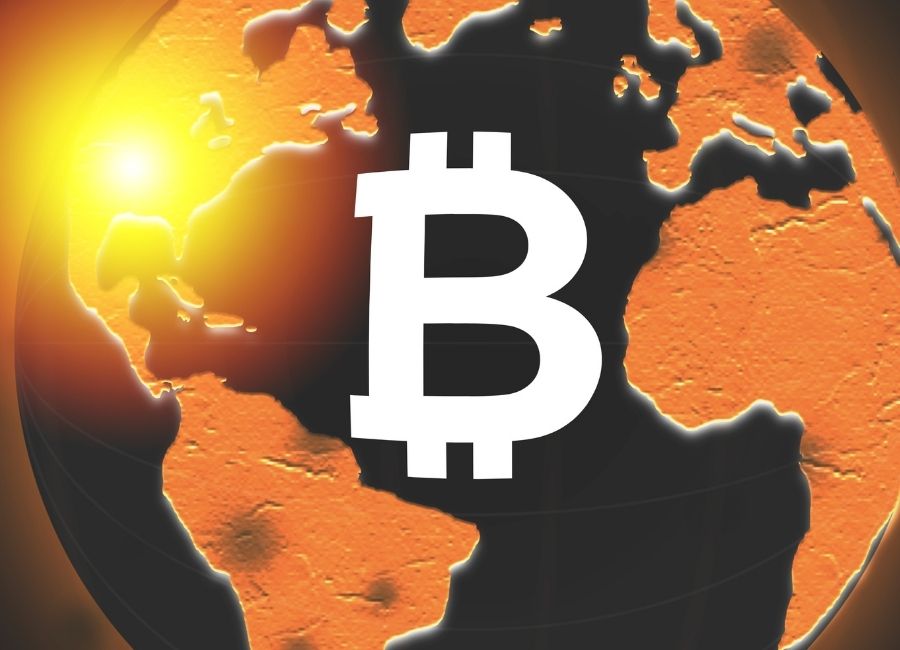The digital asset landscape continues to evolve at an incredible pace, driven by innovation, shifting regulations, and increasing institutional interest. Over the past year, crypto markets have seen dramatic highs and lows, yet investor interest remains strong. For those eager to stay ahead in this ever-changing space, staying up-to-date with crypto news is not just a choice—it’s a necessity. Real-time updates can offer a competitive edge in a market that never sleeps.
The rise of decentralized finance (DeFi) has played a significant role in transforming how people think about financial systems. DeFi platforms offer decentralized alternatives to traditional banking functions such as lending, borrowing, and trading. This democratization of finance, facilitated by smart contracts, is one of the primary forces reshaping the blockchain space. However, with innovation comes risk, as many of these protocols remain unaudited and prone to exploits.
Stablecoins, another major innovation in the space, have become central to the functionality of DeFi systems. Pegged to fiat currencies like the U.S. dollar, stablecoins offer a level of stability in a volatile market. Their utility is not limited to trading; they are also being used for cross-border payments, remittances, and even savings. However, regulatory scrutiny around stablecoins is intensifying, especially regarding how they are backed and the transparency of reserves.
Non-fungible tokens (NFTs) have also shifted from being purely digital collectibles to playing functional roles in various industries. From gaming to real estate, NFTs now enable ownership and transfer of digital assets in ways that were not possible before. Despite a cooldown in hype compared to 2021, development in this sector has not slowed. Many companies continue to invest in Web3 infrastructure to support next-gen NFT applications.
Institutional involvement in cryptocurrencies is another indicator of maturity in the market. Major financial firms are creating digital asset divisions and launching blockchain-based products. While retail investors paved the way for crypto’s mainstream entry, institutions are now setting the pace. This influx of institutional capital has improved liquidity, lowered volatility in some cases, and brought an additional layer of credibility to the ecosystem.
Yet, despite the growing legitimacy of the sector, regulatory uncertainty remains a significant hurdle. Different jurisdictions around the world have adopted vastly different stances on cryptocurrencies. While some countries embrace blockchain technology and digital assets, others impose strict restrictions. This fragmented regulatory landscape poses challenges for global companies operating in the crypto space, forcing them to navigate a patchwork of laws.




